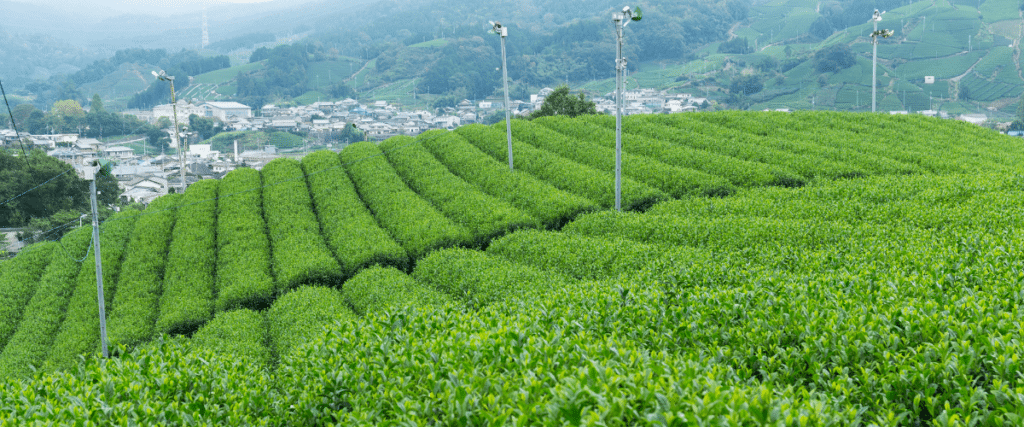Japan’s agriculture industry is facing a labour shortage. To combat this, in steps automated farming equipment with Orec leading the way.
Japan’s agriculture industry is facing a chronic labour shortage. As a result, businesses are developing automated equipment to bridge the gap, while releasing burden from ageing farmers.
Orec, a farm equipment manufacturer based in Fukuoka Prefecture, has produced a self-driving mower designed for fruit orchards in partnership with Kyushu University and NEC Corporation. The mower can be driven remotely along the edges of the area that needs to be razed, staying within those boundaries when the machine pilots itself.
Ryo Kurazame, the Kyushu University professor who developed this system stated, “We want to help older people continue working in agriculture by saving labour.”
Self-driving farming equipment is not a new concept, but this mower is groundbreaking in that it is specifically designed to tackle areas like fruit orchards with more complex terrains, opposed to open fields. High demand for this robotic technology is expected due to the strenuous task at hand.
The Orec mower uses the Michibiki satellite system, Japan’s solution to GPS. The mower can accurately gauge its location to within a mere few centimetres. It is equipped with sensors to avoid obstacles like trees and people. Its treads can cope with small bumps and slopes as steep as 30 degrees.
Sample unit shipping is to begin in the fiscal year 2023, post-testing that will ensure that the mower can operate even in rain or with branches that may interfere with the signal.
Matsumoto Kiko, another manufacturer on Kyushu based in the tea-growing hub of Kagoshima Prefecture, has developed a self-driving tea harvester, which utilises high-speed local 5G wireless services installed by Kagoshima University in fiscal 2021. The tea harvester also uses sensors to locate each row of bushes, with the ability to automatically turn to the next after completing one row.
Current mechanical harvesters need a human operator to remain in their proximity to keep an eye on them. The new development can be monitored up to two kilometres away thanks to 5G. The harvester’s AI can detect obstacles and send a warning.
Thus far, the system is operated with two units, a picker and a pruner for overgrown bushes. Ultimately, the plan is for the machine to handle five or six bushes at once.
Takeshi Sueyoshi, assistant professor at Kagoshima University stated, “It’s unusual to see remote monitoring of unmanned robots in the domestic agricultural industry. The use of local 5G made this possible.”
Another experiment saw drones employed visually to check the development of tea plants. The 5G network can send image data to a computer in approximately three hours – half the time taken with 4G speeds.
Traditionally, farmers must walk through expansive tea fields to check crop growth with the naked eye. The drones are projected to cut time and labour.
Sueyoshi added, “There is a serious lack of farmworkers in Kyushu. It’s necessary to collaborate with the central and local governments to develop the 5G ecosystem.”
Related Articles
Your Guide to AgriTech in Japan





